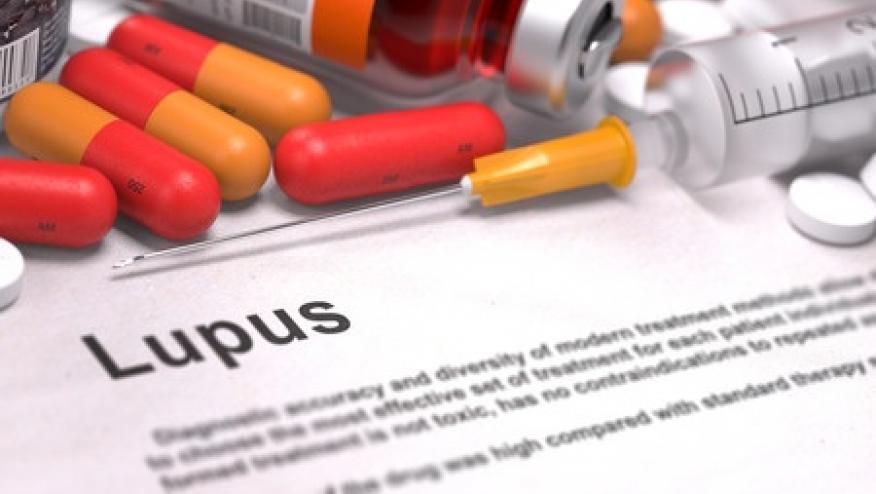Anifrolumab Improves Lupus Outcomes Save

Furie and coworkers presented the results of a 52-week phase II trial of anifrolumab (ANIFR), a type I interfernon (IFN) receptor antagonist in patients with lupus (SLE).
305 severe SLE patients received either intravenous ANIFR (300 mg, 1000 mg) or placebo (PBO) every 4 weeks for 48 weeks. Patients were stratified by disease activity, steroid dose and high vs. low IFN gene expresssion. The primary endpoint was a composite of SRI(4) response at day 169 with sustained reduction of oral steroids (10mg/day).
ANIFR-treated patients met the primary endpoint at Day 169 moreso than PBO patients (PBO: 17.6%; 300 mg: 34.3%, p=0.014; 1000 mg: 28.8%, p=0.063).
After 1 year, the SRI endpoint was met by 25.5% of PBO, 51.5% of 300 mg (p0.001) and 38.5% of 1000 mg (p=0.048) patients. Steroid reduction to ≤7.5 mg/day was achieved by 26.6% of PBO, 56.4% of 300 mg (p=0.001) and 31.7% of 1000 mg (p=0.595) patients.
ANIFR demonstrated consistent benefit across multiple global and organ-specific measures at Day 365. 75% of patients were IFN high at baseline. The ANIFR efficacy was similar or better in IFN high patients and this was associated with suppression of IFN-regulated genes ~90% for both doses of ANIFR.
Serious adverse events were reported in 18.8% of patients on PBO and 16.7% of patients in the pooled ANIFR groups.
A higher frequency of influenza and Herpes zoster (PBO: 2.0%; 300 mg: 5.1%; 1000 mg: 9.5%) occurred with ANIFR treatment.
Anifrolumab reduced disease activity in SLE. These data with the enhanced effects in IFN high patients support the pathobiology of this treatment strategy.










If you are a health practitioner, you may Login/Register to comment.
Due to the nature of these comment forums, only health practitioners are allowed to comment at this time.